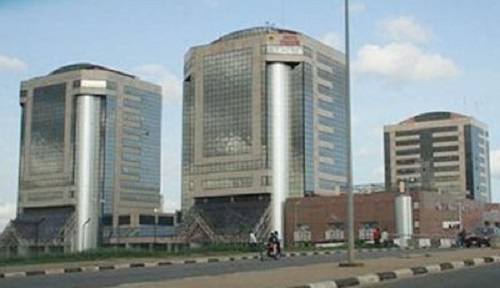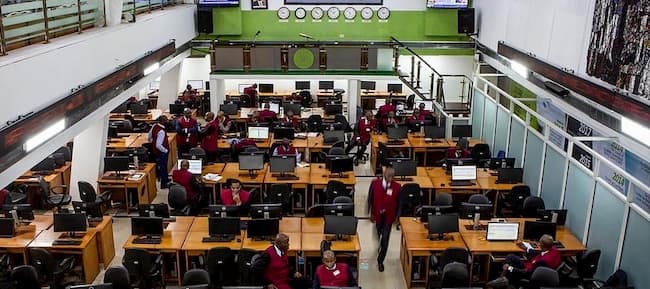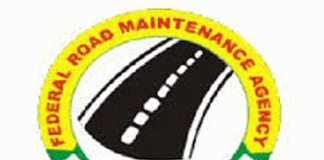The National Production Monitoring System recently deployed by the Department of Petroleum Resources as an accounting solution for crude oil and gas is expected to engender transparency, curb crude oil theft and also help the country ascertain its daily production.
A major challenge facing Nigeria’s oil and gas industry is crude theft, which has led to loss of billions of dollars annually by both the producing companies and the federal government.
In 2013, the then Minister of Finance and Coordinating Minister for the Economy, Dr. Ngozi Okonjo- Iweala, had told journalists at the Spring Meeting of the World Bank and the International Monetary Fund (IMF) in Washington DC, United States, that the federal government was losing $1 billion monthly to crude oil theft, translating to a loss of $12 billion yearly.
The Nigeria Natural Resource Charter (NNRC) had also estimated that the country lost N1.6 trillion in 2016 and N995 billion in 2017 to crude oil theft, translating to a loss of about $8.9 million daily and a combined loss of N2.6 trillion over the two-year period.
To the administration of President Muhammadu Buhari, 250,000 barrels of crude oil is stolen in the country daily.
The pioneer Chairman of the Economic and Financial Crimes Commission (EFCC), Malam Nuhu Ribadu, once declared that $9 billion was lost each year to oil theft.
However, with the National Production Monitoring System (NPMS), developed by the Department of Petroleum Resources (DPR) as a crude oil and gas accounting solution, there are strong indications that the country would soon block all the leakages in oil and gas operations.
Under the NPMS, export facility portal is used by DPR staff deployed to the export terminals to submit terminal (daily stock) and lifting reports Certificates of Quantity generation to the NPMS Server located at DPR headquarters, while the field operator portal is used by the operators to submit daily, weekly and monthly production reports from their wells/ fields/ platforms to the NPMS server.
Lastly, NPMS real time is used to monitor tank level, production and export oil and gas data at export terminals real time.
So, with the NPMS, crude oil and gas production is accounted for up to the point of export.
However, NPMS doesn’t account for oil and gas beyond the point of export.
In addition, the DPR has also developed Crude Oil and LNG Tracking (COLT) to compliment the NPMS by accounting for crude oil and LNG (Liquefied Natural Gas) from the point of export up to the final destination real time.
According to the apex regulator of Nigeria’s oil and gas sector, “the solution uses multi -layered satellite feeds and government databases with special algorithms to provide intelligence around cargo movement.”
“This was achieved using Automatic Identification System (AIS) to track marine vessels worldwide with innovative proprietary software which can scan, clean and structure data from port authorities, ship agents, custom websites or brokers ports. The system uses draught levels, berthing lengths, to uncover volumes and flows to high precision, discharges, partial cargoes, c0-loads and report activities.
“The technology demonstrated the ability to showcase historical database report of Nigerian crude oil/LNG cargoes/vessel activities for the past five years by describing the loading, cargo details, ship details, destinations (country/continent), discharges and trade activities as well as tracking and identifying “rogue” or “dark” ships on the real time map. This will further assist in arresting the crude oil diversion challenges being faced in the oil and gas sector.”
COLT compliments the NPMS, which is used for crude oil and gas accounting from production up to the point of export.
It also ensures that all crude oil and LNG vessels leaving the shores of Nigeria are being tracked real time. This is to prevent diversion and ensure that no vessel illegally lifts cargo, thereby defrauding the nation; and consignments get to the approved consignees.
COLT also generates reports including but not limited to: historical crude movement data for the past five years; crude and LNG movement in terms of destination by country; crude and LNG movement in terms of destination by continent; crude and LNG movement in terms of volume by country; crude and LNG movement in terms of volume by continent, and the cumulative production by contract area.
Ministerial Endorsement
Following the introduction of the programme to the Minister of State for Petroleum Resources, Dr. Ibe Kachikwu, in late 2018, an elated minister charged the regulatory authority to expand the scope of COLT to: “track petroleum products importation to ensure all consignments meant for the nation are fully discharged, thereby preventing diversion; constitute data analysis and forensic team to monitor the all the generated data, come up with reports and observe anomalies so that erring stakeholders can be sanction and serve as a deterrent to others.”
Based on the directives by the minister, the COLT data analysis and forensic team was constituted, and trained with the terms of reference, “to track crude and LNG to final destination; track petroleum products importation; surveillance on all vessels carrying products”; among others.
Speaking during the launch of the programme early this year, the Director of DPR, Mr. Mordecai Danteni Baba Ladan, said with the initiative, the country would be able to account for every molecule of Hydrocarbon leaving the country.
“Following the Honourable Minister’s pronouncement, we in DPR felt challenged and immediately went to work as to finding an excellent and proven system of tracking every vessel and volume of crude oil leaving Nigeria to the spot markets and other parts of the world.
“After a pain-staking search, a Proof of Concept (POF) was successfully carried out by our consultant Anchor Specialist in collaboraton with KPLER SAS, a company that specialises in using multi-layered satellite feeds and government data-bases with special algorithms to provide intelligence around cargo movement.
This was achieved using Automatic Identification System (AIS) to track Maritime Vessels (that is, Ocean going vessels) carrying commodities, knowing exactly how much volume is being shipped across the globe and by whom in Real-Time. The seaborne flows are analysed cargo by cargo revealing hidden patterns and trends in the market which could otherwise go unnoticed,” he explained.
“It is with deep sense of satisfaction that I inform all Nigerians and the whole world that every molecule of crude oil produced in Nigeria, the quantity loaded is known and tracked to final destination including stopovers with applicable discharges. Similarly, information on imported cargos into Nigeria can also be accessed in real time,” he added.
Milestones
The project has promoted transparency in the whole oil and gas chain, as the production, tank levels and figures captured by the NPMS system is further corroborated by the Crude Oil and LNG Tracking solution, all in real time. Furthermore, the integration is seamless and further requests/inclusions can be added.
The COLT solution has also helped DPR to further do comparative analysis on crude oil and LNG production and export. This has improved report efficiency and accuracy.
Reports generated have also armed the regulatory agency to further give policy advise to other government establishments such as patronage trends of Nigeria’s resources by countries and continents for further diplomatic engagements where necessary.
The minister will though the reports generated from COLT and NPMS be further equipped to make informed decisions on policy and penalties.
Also, the collaboration with security agencies has assisted in enhancing surveillance and enforcement of sanctions.
Source: THISDAY














